BELARUS
Andrew Wilson is professor in Ukrainian studies at University College London and a senior policy fellow at the European Council on Foreign Relations. He is the author of The Ukrainians: Unexpected Nation and Ukraine Crisis: What It Means for the West.
Further praise for Belarus:
Andrew Wilson has done all students of European politics a great service by making the history of Belarus comprehensible, and by showing how the future of Belarus might be different than its present. Timothy Snyder, author of Bloodlands: Europe Between Hitler and Stalin
This book will surely become the starting point for anyone interested in Belarus today ... with his trademark dry wit, Wilson has done us all an enormous service by bringing together a rich array of western, Belarusian, and Russian material on the challenges of nation building in Belarus. Lucan Way, Slavic Review
This book is scholarly, lucid, and essential reading for anyone wanting to make sense of Belarus today. Francis King, Socialist History
An authoritative account ... One of the most valuable contributions to Belarusian studies and is guaranteed a long shelf life. Grigory Ioffe, International Affairs
An important and timely reminder of the importance of small states to the security of larger concerns. Stephen J. Main, Europe-Asia Studies

Copyright 2011 Andrew Wilson
Introduction, Chapters 13, 14, and Conclusions copyright 2021 Andrew Wilson
This new edition published in paperback in 2021
All rights reserved. This book may not be reproduced in whole or in part, in any form (beyond that copying permitted by Sections 107 and 108 of the U.S. Copyright Law and except by reviewers for the public press) without written permission from the publishers.
For information about this and other Yale University Press publications, please contact:
U.S. Office:
Europe Office:
Set in Minion Pro by IDSUK (DataConnection) Ltd
Printed in Great Britain by Clays Ltd, Elcograf S.p.A
Library of Congress Control Number: 2020951288
ISBN 978-0-300-13435-3 (hbk)
ISBN 978-0-300-25921-6 (new edn pbk)
A catalogue record for this book is available from the British Library.
10 9 8 7 6 5 4 3 2 1
To Vitali
CONTENTS
ILLUSTRATIONS AND MAPS
.
.
Maps
While the author and publisher have made every attempt to discover the provenance of illustrative material, there are some instances where the photographers remain unidentified.

1 The St Safiia cathedral of the Holy Wisdom, Polatsk, above the river Dzvina. Built in the eleventh century, but with Baroque (Unaite) additions in the seventeenth and eighteenth centuries.

2 Synkovichi fortress-church, in the unique local Gothic-Orthodox style, built 151856.

3 Euphrosynes Cross, twelfth century. Also the symbol of the Youth Front.
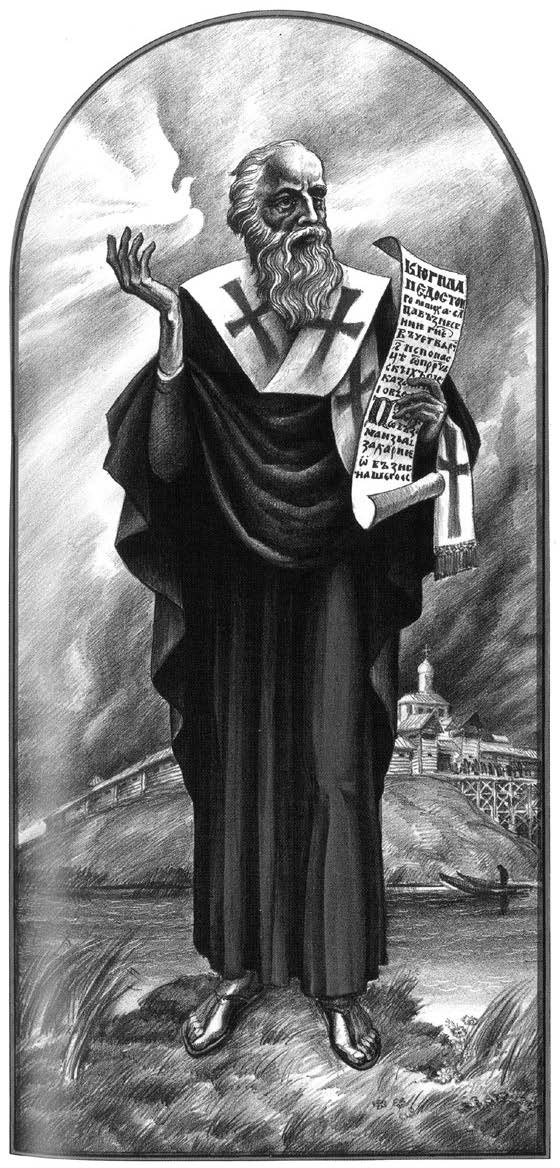
4 The great Orthodox scholar Cyril of Turaw.

5 The Resurrection cathedral in Barysaw, north of Minsk, 1874, in the Russian Revival style.

6 Icon of Our Lady of Minsk, midlate sixteenth century, showing a more naturalistic post-Renaissance style.
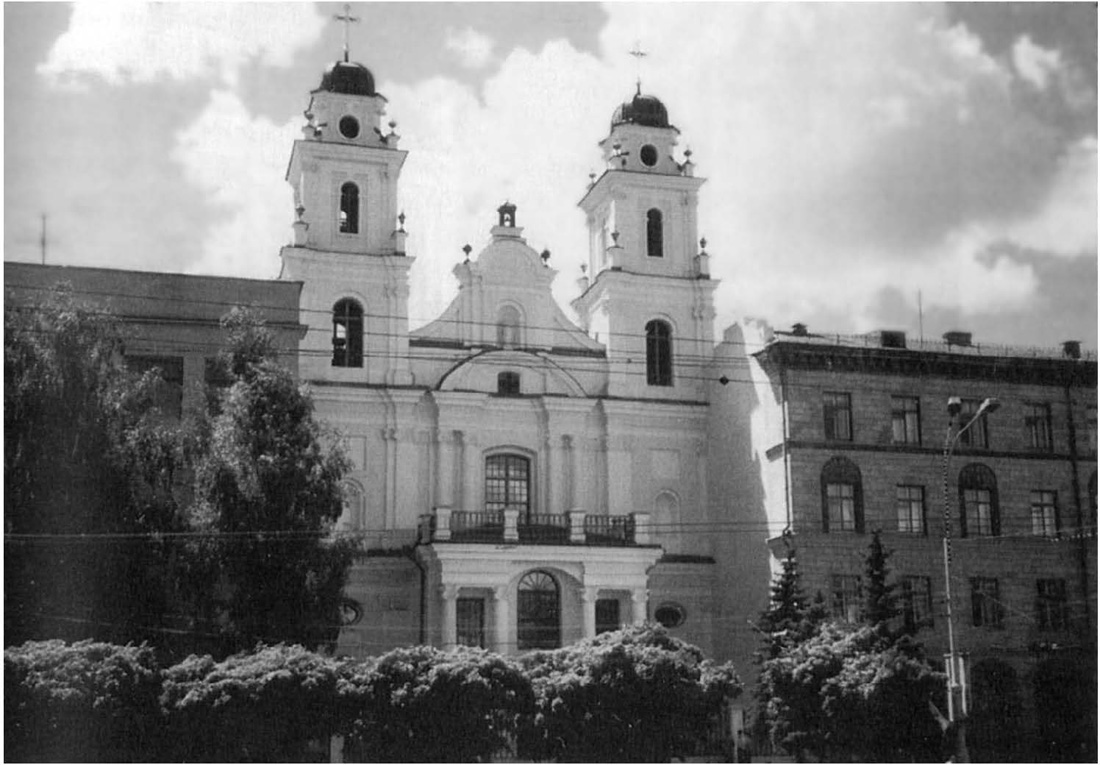
7 Cathedral of St Virgin Mary, finished 1710; Central European Baroque in the middle of Minsk.
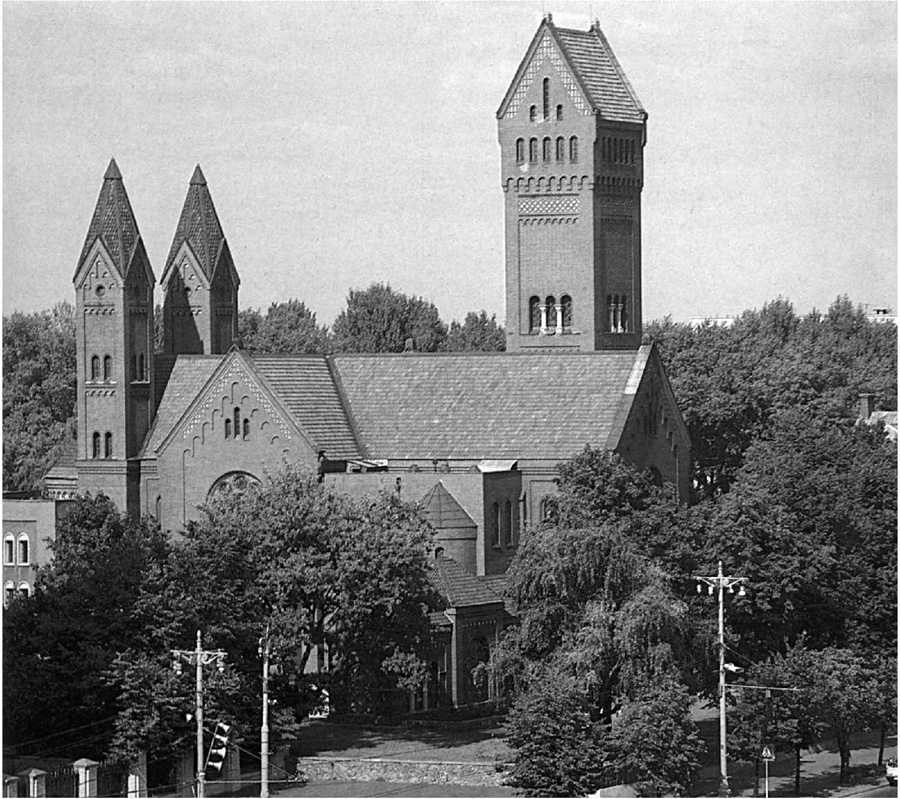
8 The Red Church, Minsk the Church of SS Simon and Helena, 190510. Scene of the demonstrations in December 2010.
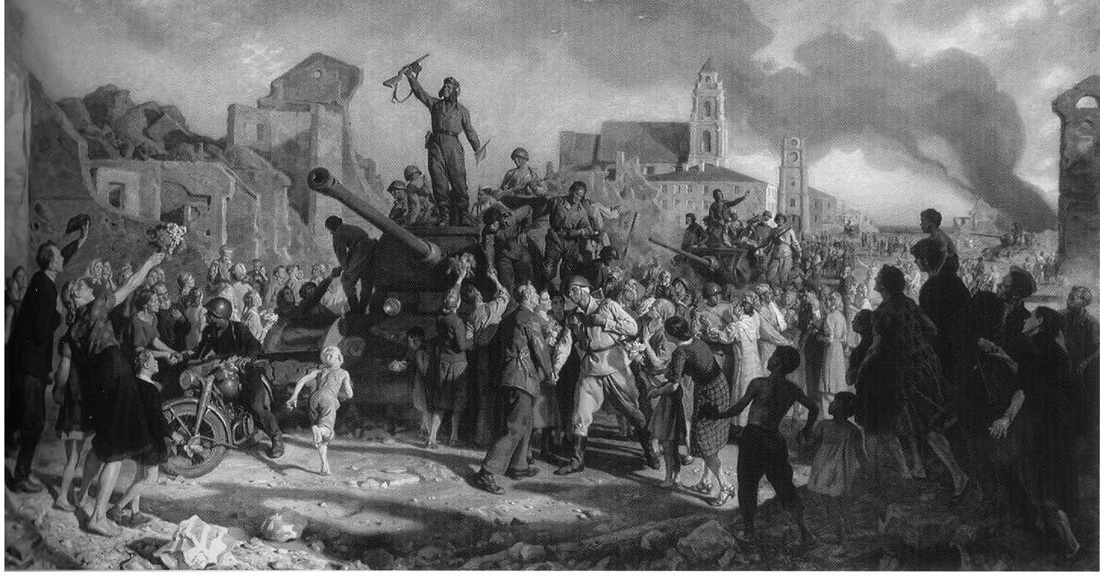
9 Valiantsin Volkaw, Minsk: 3rd July 1944, (1955). A Socialist Realist classic showing Soviet troops returning to the ruined city in 1944. A massive painting, it took Volkaw nine years to complete.
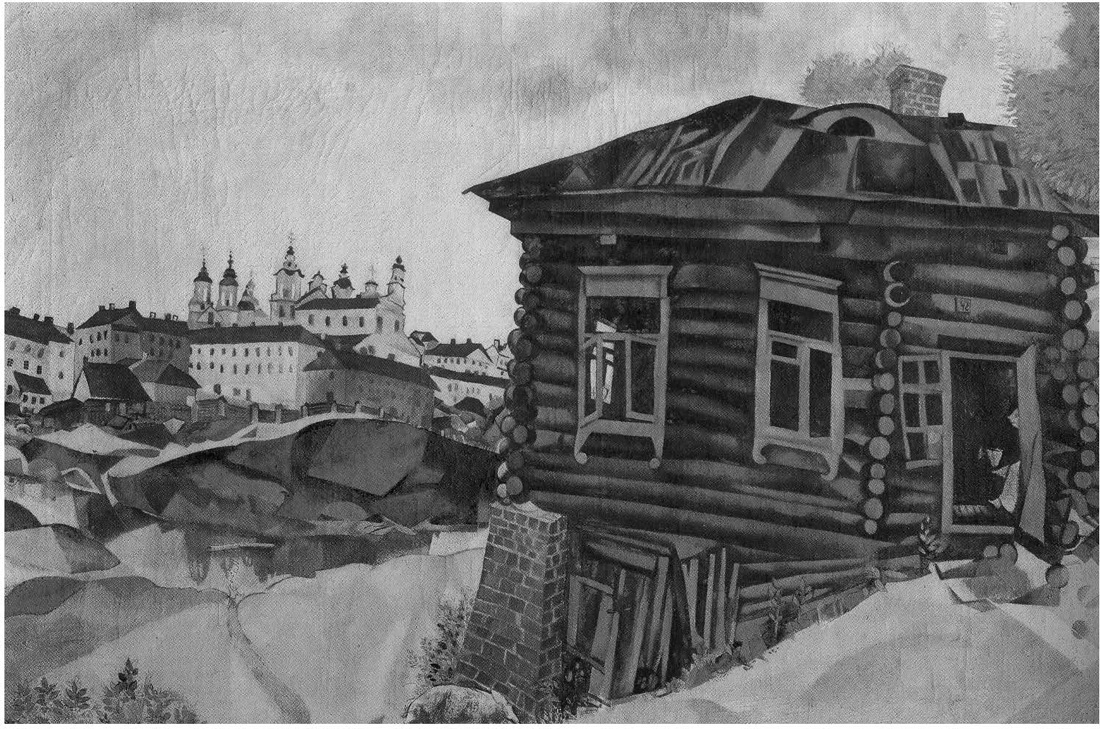
10 Marc Chagall, The Blue House (1917).

11 Marc Chagall, Over Vitsebsk (191520). The local Jews and Orthodox lead parallel but separate lives.

12 Lukashenkas neo-Soviet national emblem, replacing the Pahonia after the referendum in 1995. The green outline in the middle is actually Belarus.

13 The Belarus MTZ the iconic Soviet Belarusian product. To some, Belarus is still better known as a tractor.

14 The white-red-white flag, the state flag in 1918, 19434 and 19925, now a symbol of opposition to Lukashenka; at protests after another election fix in 2006.

15 For Belarus! Slightly more orchestrated demonstrations in support of the government.

16 The new National Library, Minsk. Symbol of Lukashenkas social contract and kitsch architectural taste.

17 Lukashenka (far right) plays ice hockey against a Russian team. The presidents men lost diplomatically to a Gazprom side, 59, in 2008.

18 When first introduced in 1992, the new Belarusian money showed animals in ascending sizes, starting with the hare on the one rouble note (above). By 1998 inflation had forced Belarus to move on to buildings instead (below). The reverse of the 1992 hare note shows the Pahonia (The Chase), the state symbol of Belarus from 1992 to 1995.
Next page

































